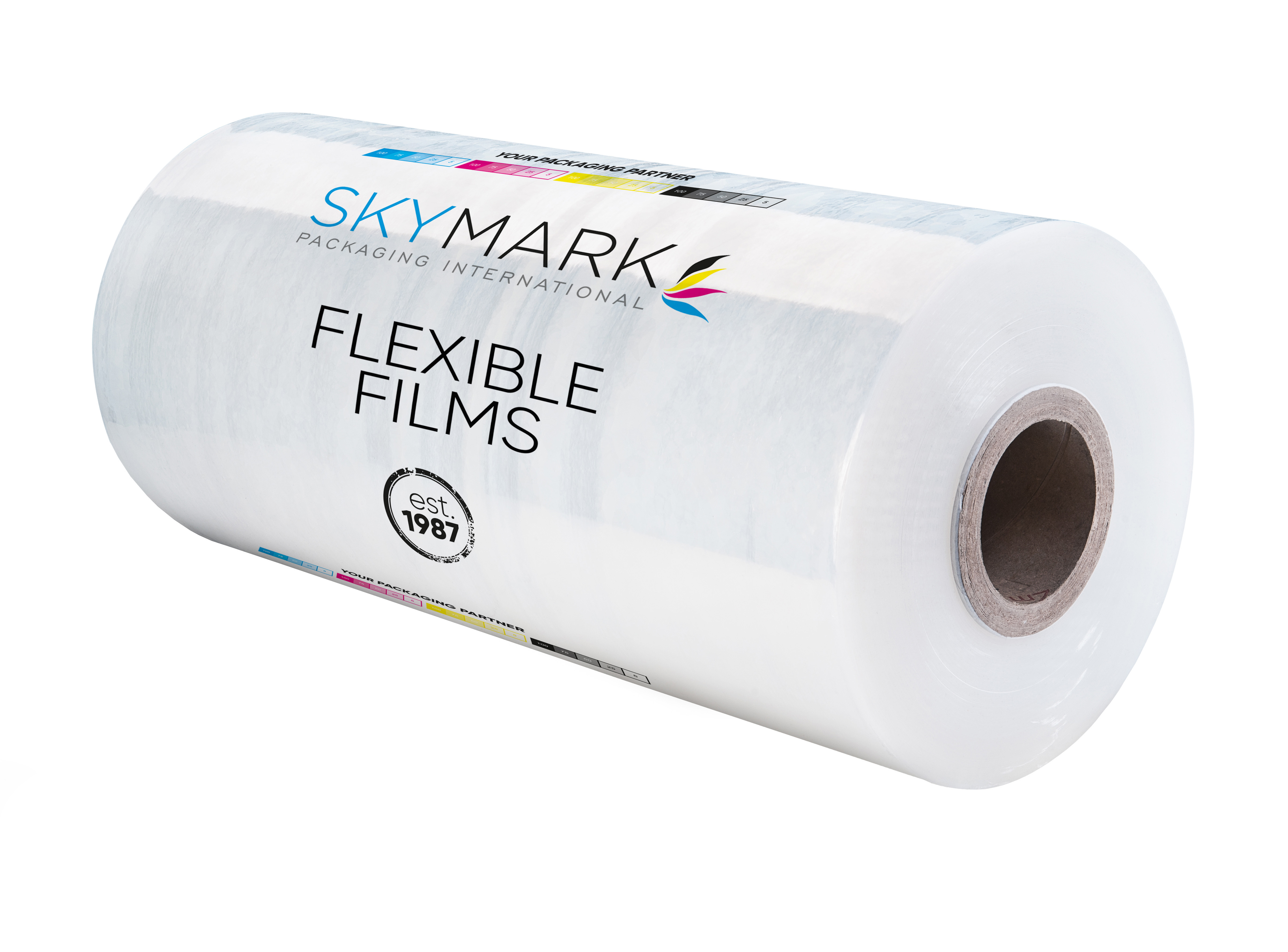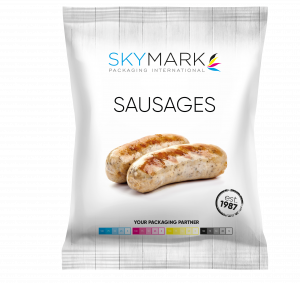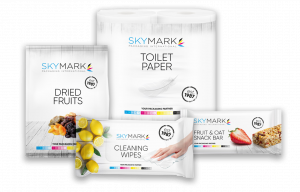Packaging Trends of 2022

The year 2022 has seen a multitude of developments in the realm of packaging trends, making it difficult to stay abreast of all the changes. However, we are here to provide a summary of the most noteworthy trends we have observed in 2022.
- The continued rise of sustainable packaging, because let’s face it – we’re all trying to do our part to save the planet. Or at least, we’re trying to look like we are.
- The surge in biodegradable plastics and recycled content, because who doesn’t love a good recycling montage set to an inspiring pop song?
- The never-ending expansion of e-commerce and on-the-go packaging, because who has time to sit down and eat a full meal these days?
- The advent of digital printing and automation, because who doesn’t love a good robot?
- The focus on minimalist and transparent packaging, because sometimes less is more, especially when it comes to packaging.
- The emergence of connected packaging, because who doesn’t love a good internet of things reference? (Okay, maybe not everyone does, but they’re still pretty cool.)
Lets drive into to a bit of detail.
Sustainable Packaging:
Sustainable packaging is an important trend in the packaging industry, as it addresses concerns about the environmental impact of packaging and the need for more sustainable options. Here are some key takeaways about sustainable packaging:
- Sustainable packaging is made from materials that are environmentally friendly and have a lower impact on the planet. This includes packaging made from recycled materials, biodegradable plastics, and plant-based materials.
- Companies are increasingly turning to sustainable packaging to reduce their environmental footprint and meet the growing demand from consumers for more environmentally friendly products. This trend is driven by concerns about plastic pollution and the desire for more sustainable options.
- Sustainable packaging can help to reduce waste and the environmental impact of packaging. For example, packaging made from recycled materials reduces the demand for new raw materials, conserving resources and reducing the environmental impact of packaging. Biodegradable plastics can break down into natural substances over time, reducing the amount of waste in landfills.
- There are a number of initiatives and programs in place to encourage the use of sustainable packaging. For example, many countries have established recycling programs and regulations that require companies to use a certain percentage of recycled content in their packaging. In addition, many companies have made commitments to increase the use of sustainable packaging as part of their sustainability goals.
- The use of sustainable packaging is likely to continue to grow in the coming years, as consumers and companies continue to prioritize environmentally friendly products and packaging. It is important for companies to stay up-to-date on the latest trends and technologies in sustainable packaging to ensure that they are meeting the needs and expectations of their customers.
 The use of recycled content in packaging, such as our SKYMAX R and SKYMONO E R30 is a trend that has gained increasing attention in recent years as consumers and companies look for more sustainable options. Using recycled materials in packaging helps to reduce the demand for new raw materials, conserving resources and reducing the environmental impact of packaging.
The use of recycled content in packaging, such as our SKYMAX R and SKYMONO E R30 is a trend that has gained increasing attention in recent years as consumers and companies look for more sustainable options. Using recycled materials in packaging helps to reduce the demand for new raw materials, conserving resources and reducing the environmental impact of packaging.
There are also a number of initiatives and programs in place to encourage the use of recycled content in packaging, most notable the introduction of the Plastic Packaging Tax. For example, many countries have established recycling programs and regulations that require companies to use a certain percentage of recycled content in their packaging. In addition, many companies have made commitments to increase the use of recycled content in their packaging as part of their sustainability goals.
Using recycled content in packaging can help to reduce waste and the environmental impact of packaging, and it is an important trend that is likely to continue to grow in the coming years.
Design with hygiene and safety
 Design for hygiene & Satfety features is an important trend in the packaging industry, particularly in light of the COVID-19 pandemic. Here are some key takeaways about this trend:
Design for hygiene & Satfety features is an important trend in the packaging industry, particularly in light of the COVID-19 pandemic. Here are some key takeaways about this trend:
- The COVID-19 pandemic has led to an increased focus on packaging design with hygiene and safety features. This is due to the need to protect against the spread of germs and to ensure that packaging is safe for consumers to use.
- Packaging with hygiene and safety features includes packaging that is easy to clean and disinfect, as well as packaging that helps to prevent the spread of germs. Companies are using a variety of materials and technologies to achieve these goals, including packaging materials that are resistant to bacteria and viruses, such as our SKYCARE AB+ and packaging designs that feature touchless dispensing or other hygienic features.
- Packaging with hygiene and safety features is important for a variety of industries, including food and beverage, healthcare, and personal care. It is particularly important in the current environment, as consumers are paying more attention to the safety and cleanliness of the products they use.
- Companies that are able to offer packaging with hygiene and safety features may have a competitive advantage in the market, as consumers are increasingly seeking out products that prioritize their health and safety.
Convenient packaging

Convenient packaging is an important trend in the packaging industry, Convenient packaging refers to packaging that is easy to use and makes the product more accessible to consumers. This includes packaging that is easy to open and close, as well as packaging that is designed for on-the-go consumption.
- Companies are using a variety of convenient packaging solutions to meet the demand for convenience, including stand-up pouches, packaging with resealable closures, and packaging that is designed for single-serving or portion control.
- Convenient packaging is important for a variety of industries, including food and beverage, personal care, and household products. It is particularly important in the e-commerce and on-the-go markets, as consumers are seeking out products that are easy to use and can be consumed or used on the go.
- Companies that are able to offer convenient packaging may have a competitive advantage in the market, as consumers are increasingly seeking out products that are easy to use and fit into their busy lifestyles.
Minimalist and Transparent Packaging
 Minimalist and transparent packaging is a trend in the packaging industry that emphasizes simplicity and transparency in packaging design. Here are some key takeaways about this trend:
Minimalist and transparent packaging is a trend in the packaging industry that emphasizes simplicity and transparency in packaging design. Here are some key takeaways about this trend:
- Minimalist and transparent packaging refers to packaging that is simple and uncluttered, with a focus on the product itself. This includes packaging materials that are clear or transparent, as well as packaging designs that highlight the product and minimize distractions.
- This trend is driven by the desire for a more authentic and transparent consumer experience, as well as the need for packaging that is easy to understand and use. Consumers are increasingly seeking out products that are transparent about their ingredients, origins, and values, and packaging that reflects this transparency can be an effective way to appeal to these consumers.
- Companies are using a variety of materials and technologies to create minimalist and transparent packaging, including clear or transparent plastics, glass, and cardboard. They are also using packaging designs that emphasize the product and minimize distractions, such as simple graphics and minimal branding.
- Minimalist and transparent packaging is important for a variety of industries, including food and beverage, personal care, and household products. It is particularly important in the e-commerce market, as online shoppers may not have the opportunity to see and touch the product before making a purchase.
Connected Packaging:
Connected packaging is a trend in the packaging industry that involves using sensors or other technologies to enable communication between packaging and the internet or other devices. Here are some key takeaways about connected packaging:
- Connected packaging refers to packaging that is equipped with sensors or other technologies that can communicate with the internet or other devices. This includes packaging that can track and monitor the product throughout the supply chain, as well as packaging that can provide consumers with information about the product or brand.
- The use of connected packaging is increasing as companies look for ways to improve the customer experience and gather data about their products. For example, connected packaging can be used to track the location and condition of a product during shipping, to provide consumers with real-time information about the product, or to enable interactive experiences with the product or brand.
- Connected packaging requires the use of sensors, RFID tags, and other technologies, as well as software and systems to collect and analyze data. Companies that are able to effectively utilize these technologies and data can gain a competitive advantage by providing a more personalized and interactive customer experience.
 Other trends in the packaging industry include the Internet of Packaging (IoT technologies applied to packaging), biodegradable packaging (packaging that can break down into natural substances over time), digital printing (the use of digital technologies to produce high-quality packaging with intricate designs and graphics), packaging automation (the use of automation and robotics to improve efficiency and reduce costs in the packaging process), and active packaging (packaging that interacts with the product to extend its shelf life or improve its performance)
Other trends in the packaging industry include the Internet of Packaging (IoT technologies applied to packaging), biodegradable packaging (packaging that can break down into natural substances over time), digital printing (the use of digital technologies to produce high-quality packaging with intricate designs and graphics), packaging automation (the use of automation and robotics to improve efficiency and reduce costs in the packaging process), and active packaging (packaging that interacts with the product to extend its shelf life or improve its performance)
So there you have it – the key trends in packaging for 2022. Whether you’re a packaging fanatic or just someone who likes to keep up with the latest and greatest, there’s something here for you. Happy packaging!






